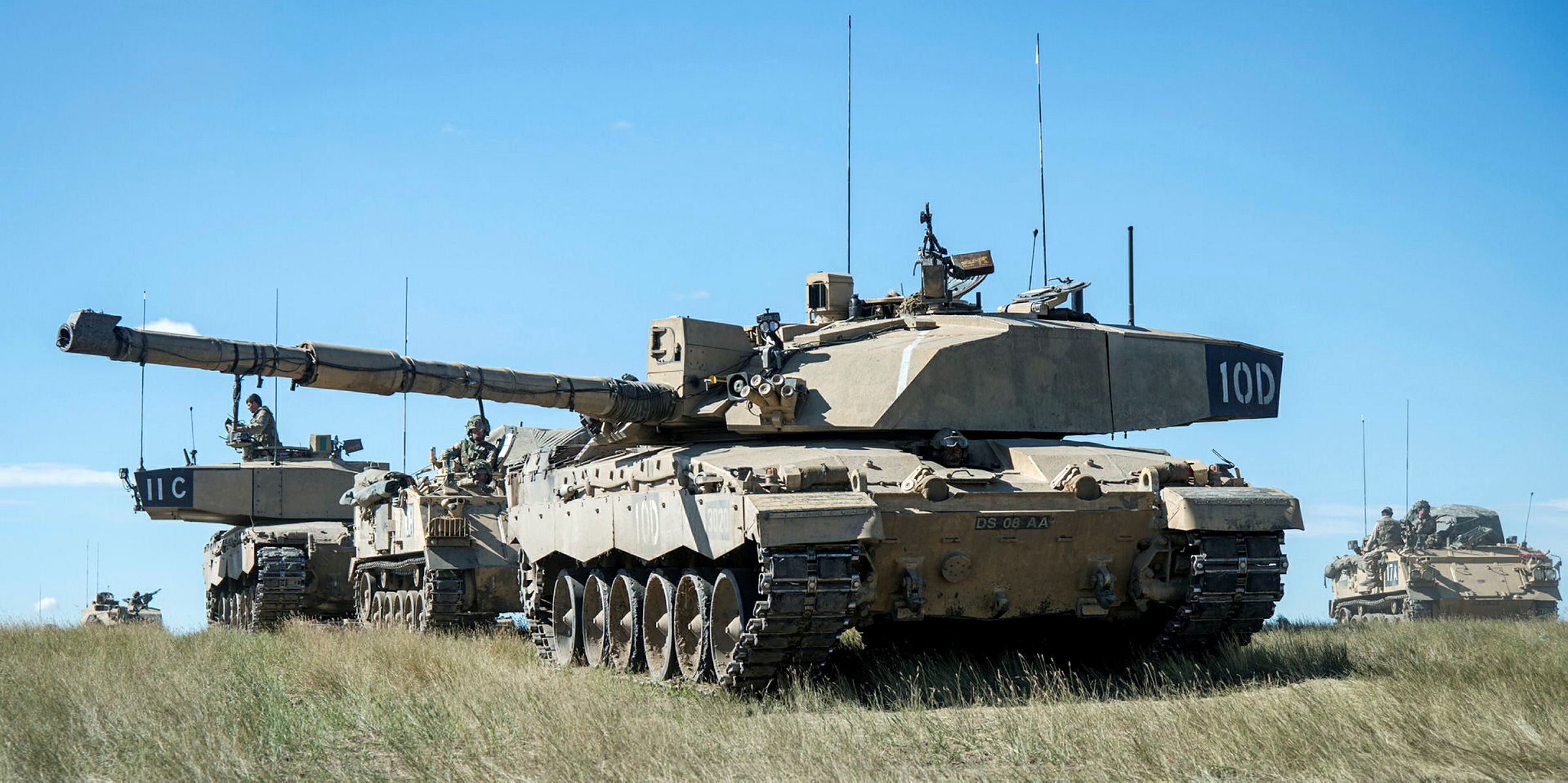Challenge
RED explored the application of the Dempster-Shafer theorem of evidence and developed it to model decision-making in intelligence analysis and other assessments. In particular, we explored the use of the new techniques to control an autonomous network of marine assets that would be used to monitor a number of marine phenomena.
Approach
RED developed a statistical framework based on Dempster-Shafer theorem to fuse available sensor data from autonomous vehicles operating in the Ushant tidal front. This front forms in the Celtic Sea during the spring months.
The results of the algorithm enabled the movement of the vehicles through four main ocean features, namely: mixed water, stratified water, eddies and ocean fronts, to be continually followed. We have since extended the overall approach we developed to consider additional tracking challenges such as cetaceans, tagged fish and pollutant clouds.
Output
For the Ushant Tidal front project RED produced a synthetic vehicle environment that showed the possibilities for ocean feature detection and mapping. This used classifications generated by the Dempster-Shafer algorithm running on the generated vehicle sensor data. The customer for this particular piece of work was able to run and explore the experimental feature sets and could see the affect that the classification was having on the autonomous vehicle behaviour. Additionally, the model could be used to develop improved search and control responses for future missions.
If you’d like to find out more about our various applications of Dempster-Shafer and how they may be of use to you, then please do contact us.



